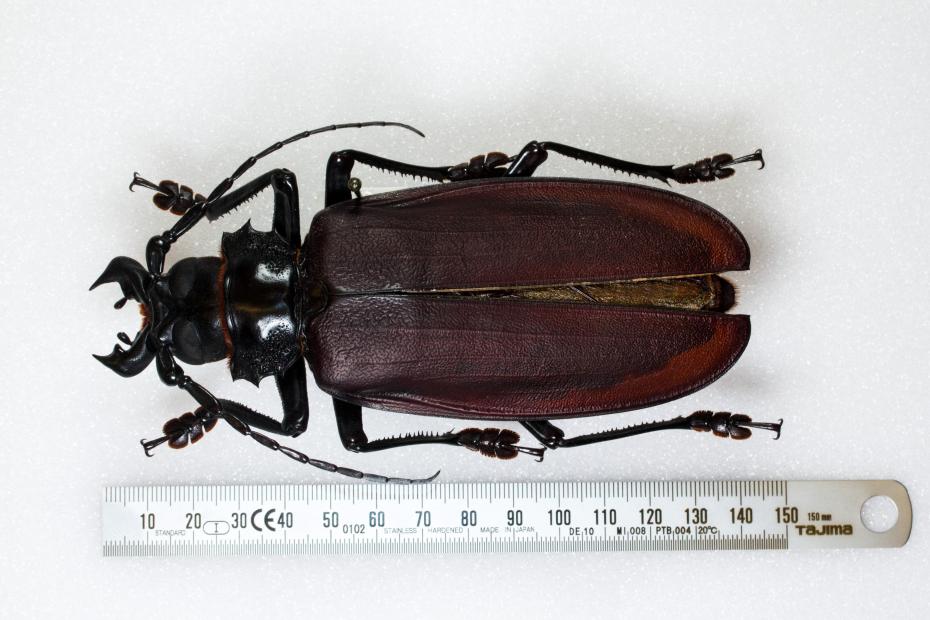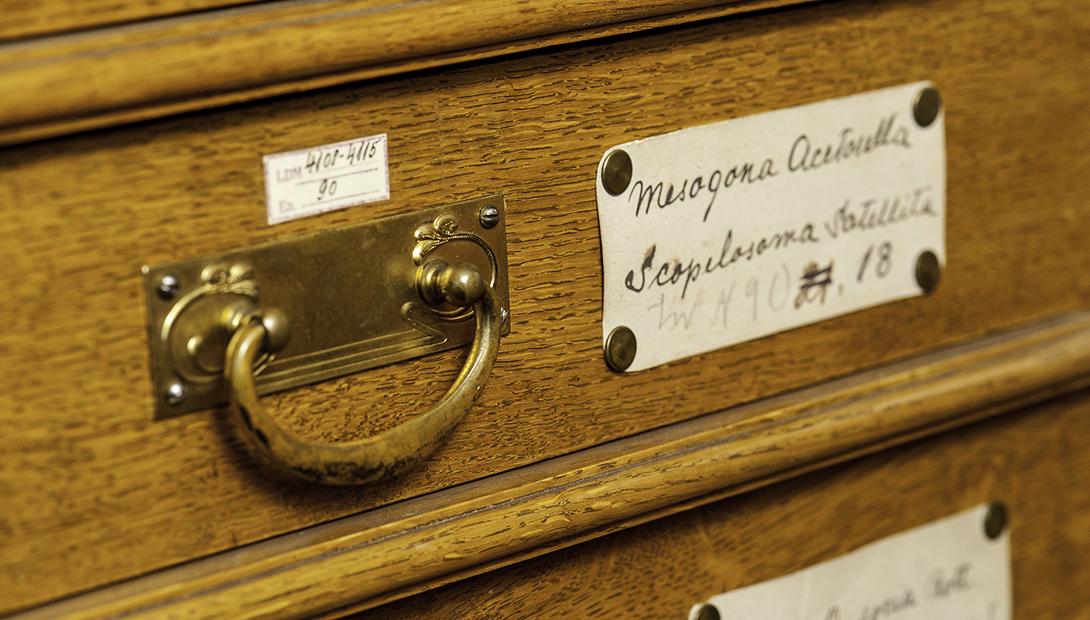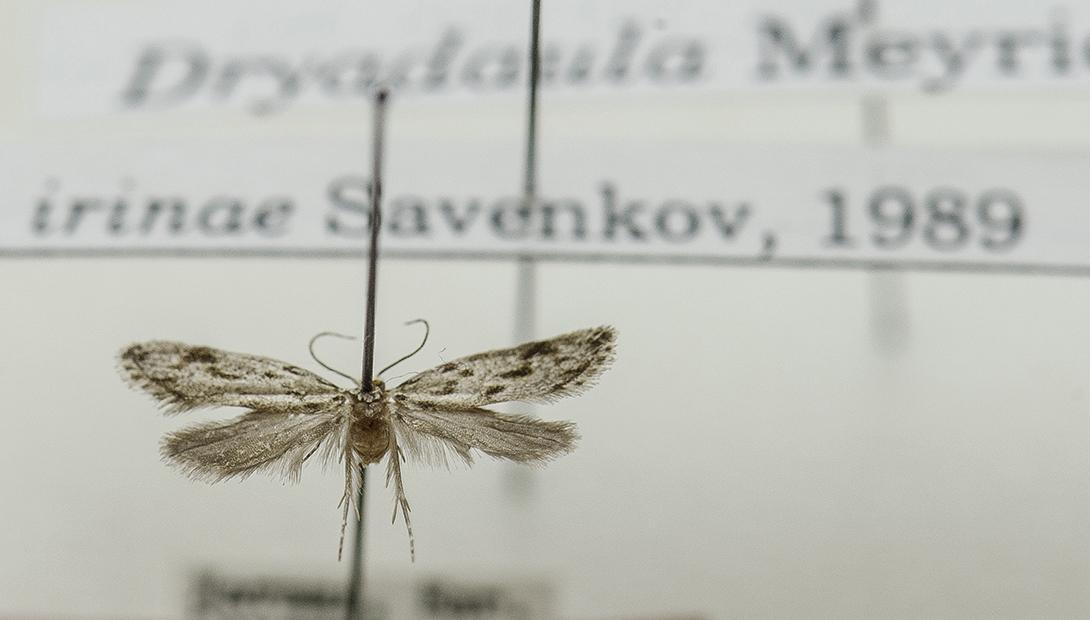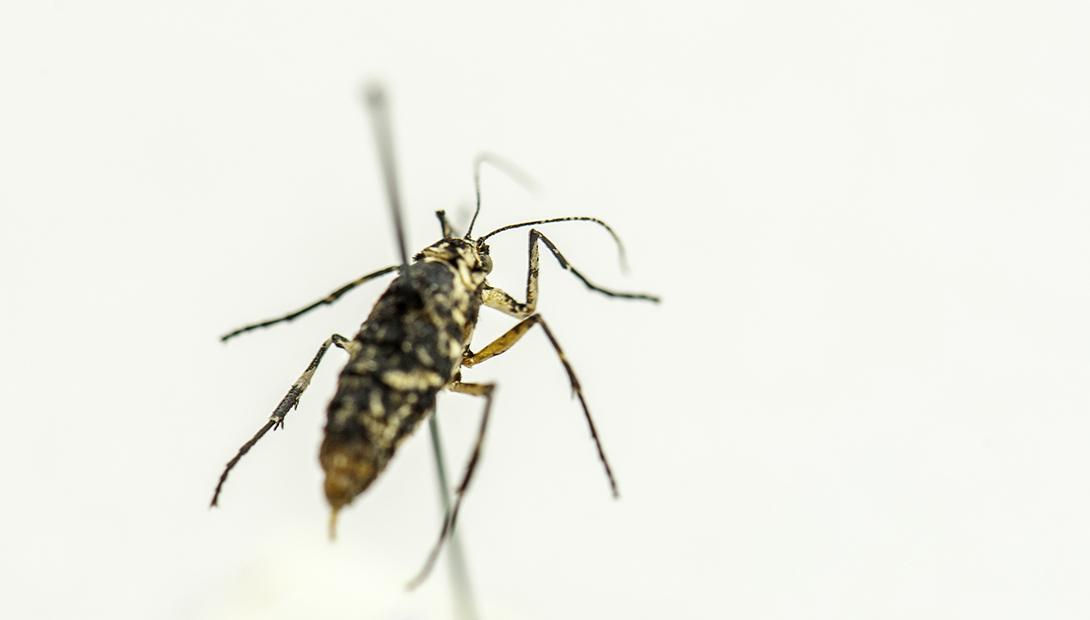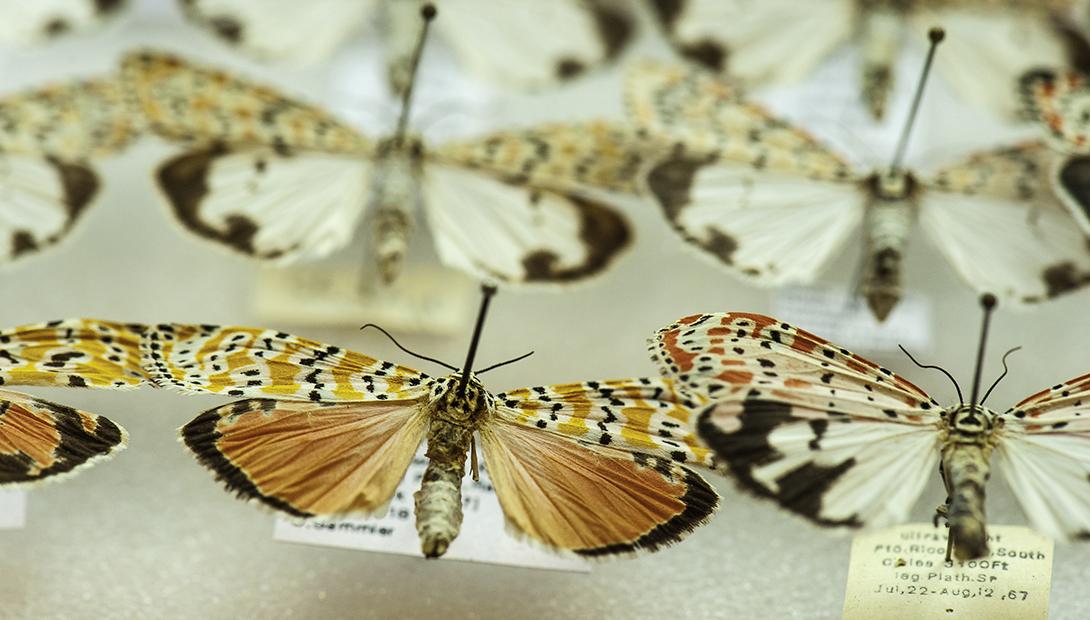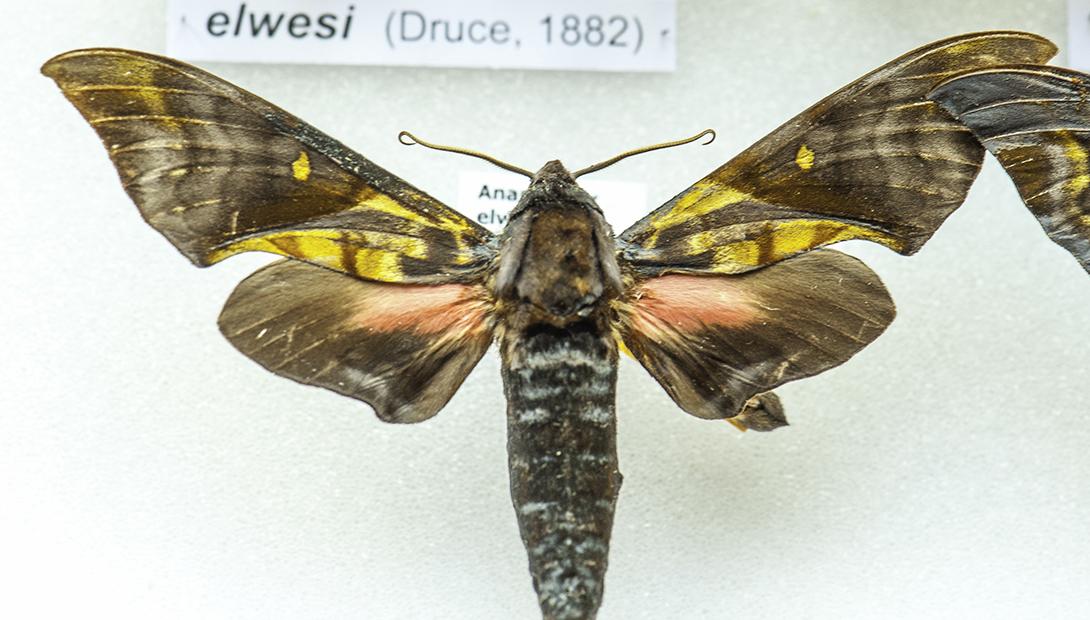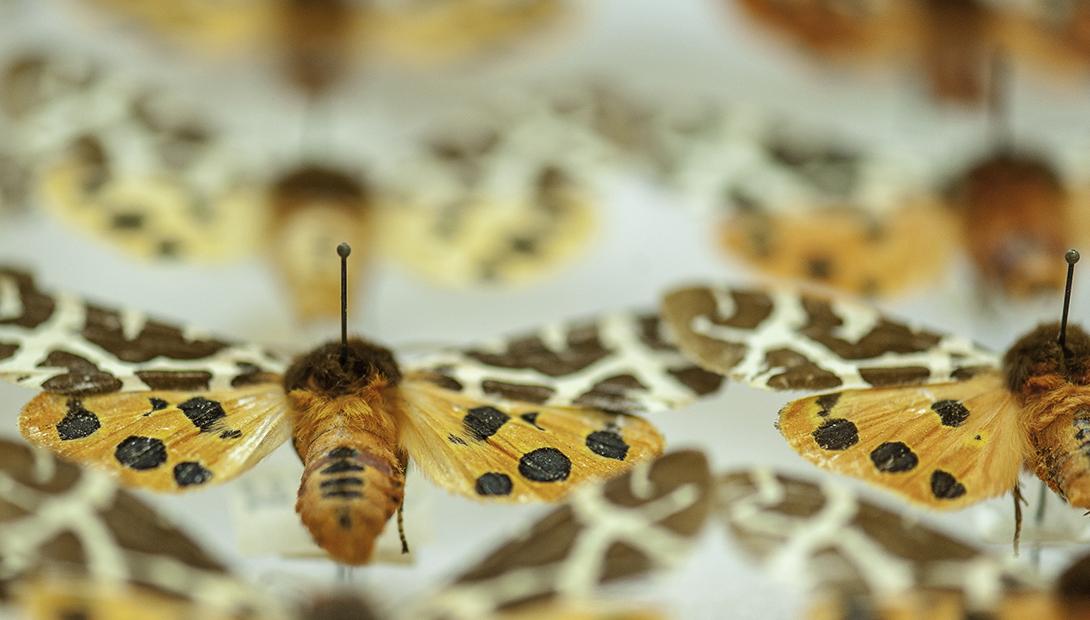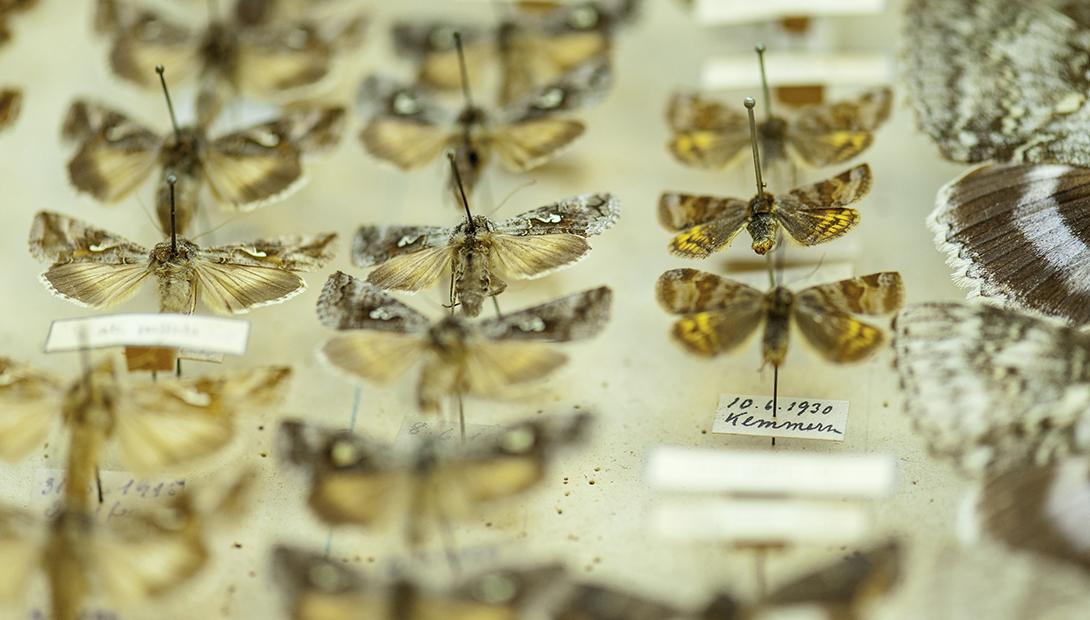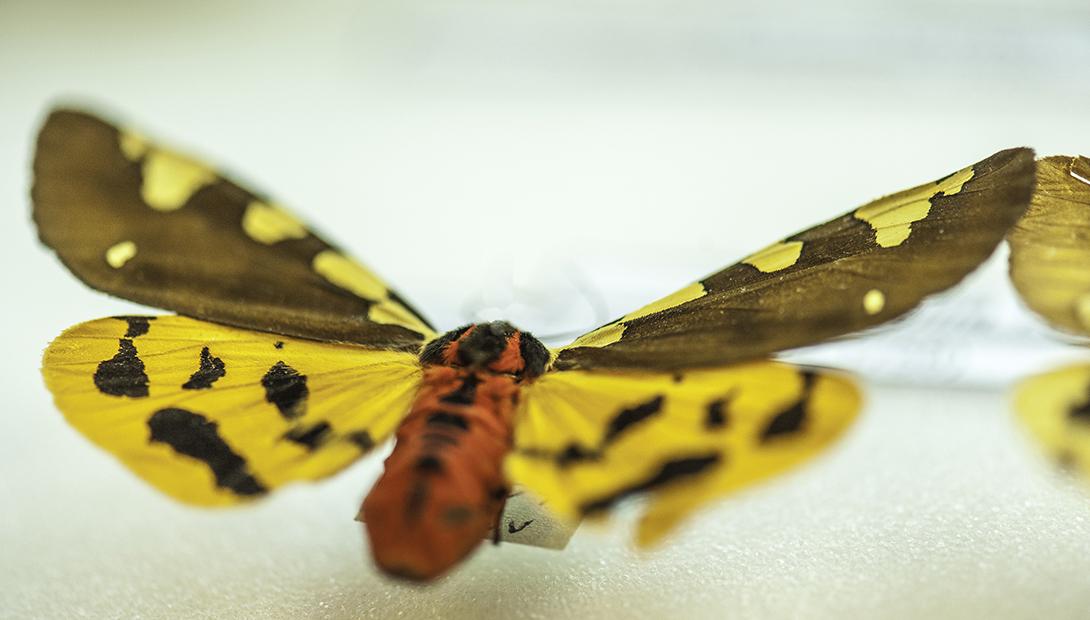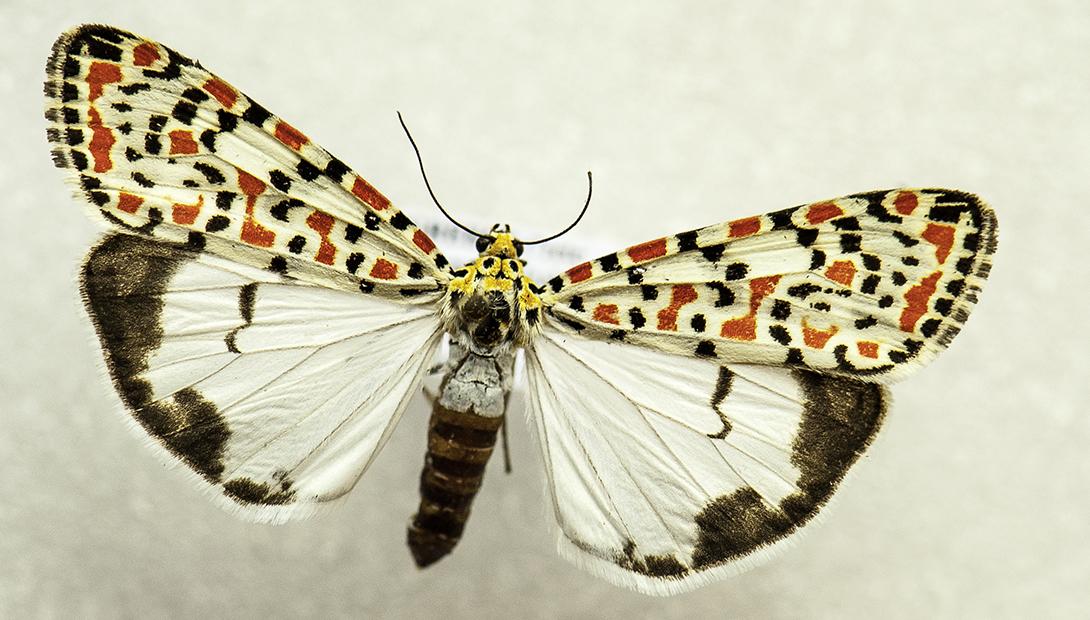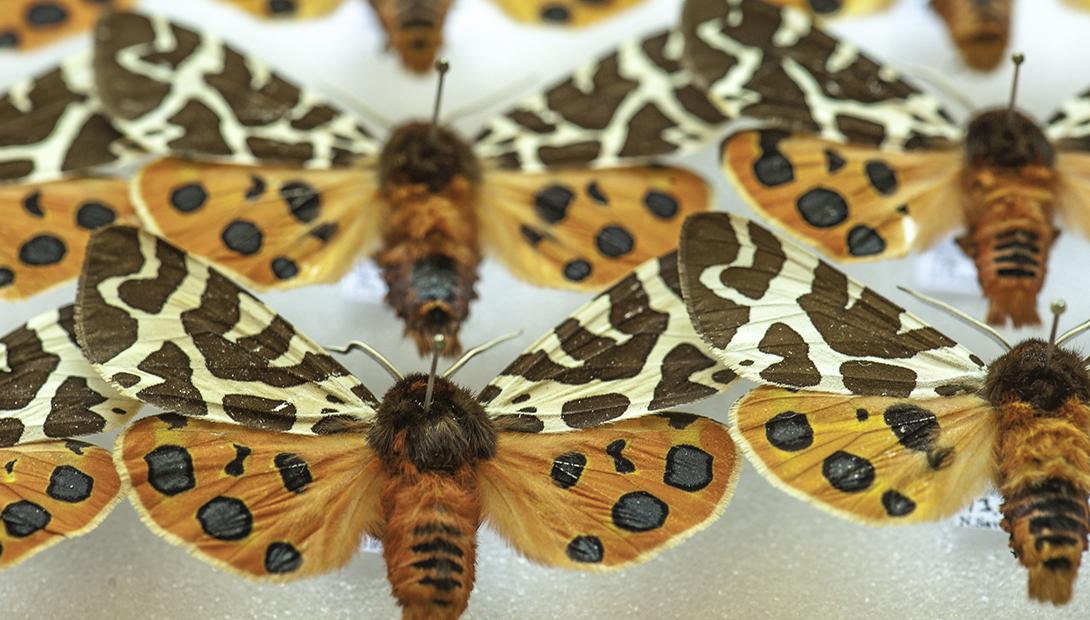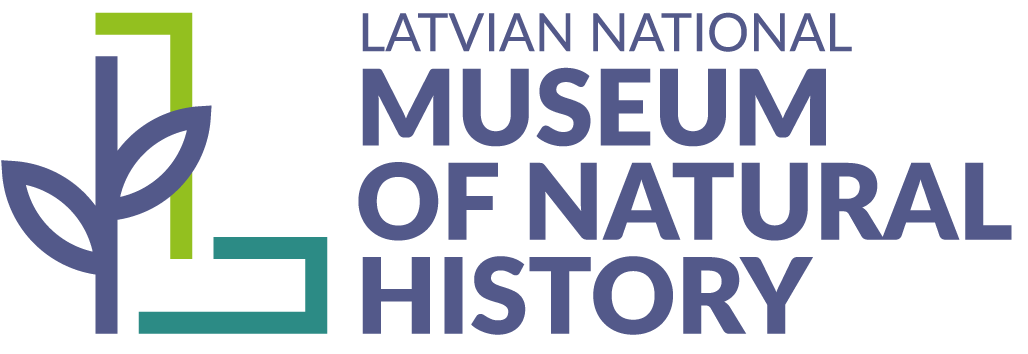Of all of the museum’s collections, the entomological collection has the largest number of species represented and the largest number of specimens (of which there are more than 60,000). The collection contains both historical and contemporary collected material and represents several insect orders.
The largest part of the collection is made up of insects collected in Latvia. The most highly represented orders are beetles and butterflies/moths, the museum’s collection of the latter containing about 2300 species alone, which is more than half of the total number of butterfly/moth species found in Latvia.
There are around 10,000 specimens in the museum’s collection of palearctic butterflies/moths, the most common being from the carlgroups Rhopalocera (butterflies), Sphingidae (sphinx moths), Arctiiidae (tiger moths), Saturniidae (saturuniids), Brahmaeidae (Brahmin moths), and Anisopodidae (wood gnats). The various beetle collections contain species such as longhorn beetles, ground beetles, soldier beetles, click beetles, and ladybirds, among others. A special stand has been allocated to the collections of Odonata (dragonflies and damselflies), barklice, ants, and hoverflies.
The oldest parts of the entomological collection were created by Hugh Carlisle (butterflies/moths, 1910 – 1930) and Carl Müthel (beetles, 19th century), and are kept in the original cases and in their original state.
